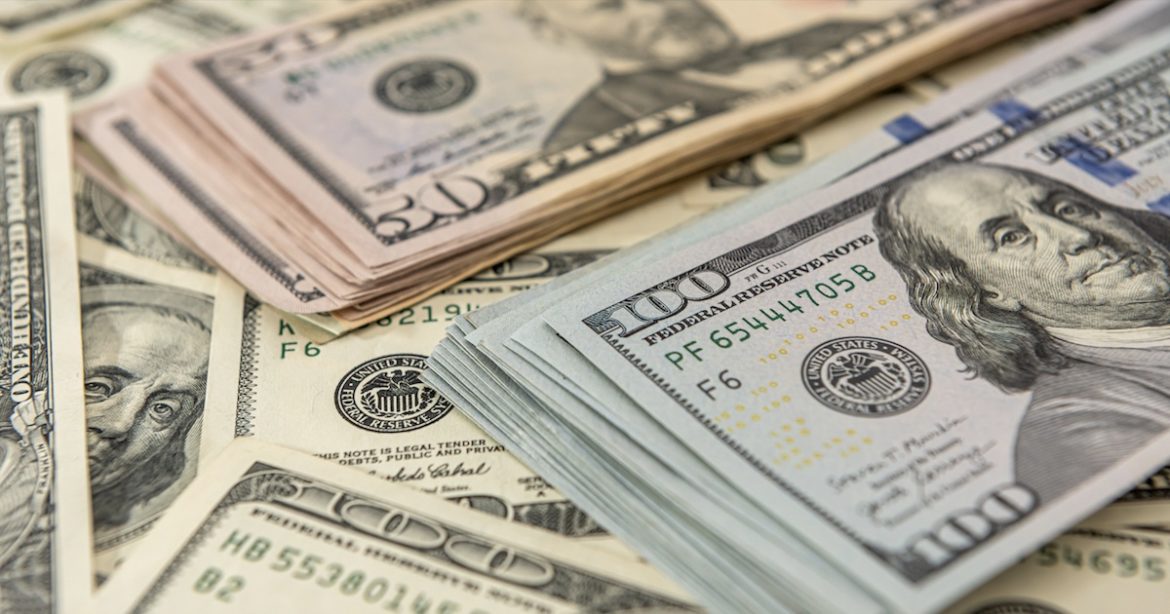The following is a new extract from AIM’s Guide to Sync Licensing. Every ticketholder for AIM’s upcoming global sync licensing conference (coming up on 11 Feb) is entitled to a free copy of the full guide. Find out more about AIM Sync here.
Special thanks to Lynden Campbell (Head of Synchronisation at Domino Publishing Co.) for sharing her thoughts and expertise on the App sync market for this article.
The world of apps holds huge potential for music sync opportunities, with new releases being brought to market on a daily basis. Plenty of apps increase engagement by adding music to their platforms and user offerings. Recent examples can be found in mindfulness applications such as Calm, but there are also plenty of other opportunities if you scratch beneath the tech surface. By working closely with developers, apps can be built to include/add music at a later stage to improve their performance, which can be a highly beneficially avenue for music rightsholders to tap into potential new audiences and build their presence.
When considering whether to issue a licence for your music to be used in an app, there are a few things to be mindful of. AIM’s Guide to Sync licensing addresses these in more detail and emphasises the necessity of End User License Agreement (EULA) review, amongst several other considerations.
When negotiating a deal, keep in mind that in every sync agreement there are two types of copyright and potential for an advance fee (lump sum) and/or a royalty to be received from it – performing royalties and mechanical royalties.
Apps are no different, but the procedure for securing your royalties is slightly different.
Please note that this is not applicable when doing a so-called ‘full buy-out type deal’, where you are potentially waiving your entitlement to a performance royalty for the use of the recording (aka neighbouring right) and the mechanical performance royalty for the use of the composition.
Most of these apps can acquire a blanket licence on the publishing side so, in order to assure they are fully licensed, and to ensure collection of performing and mechanical royalties, it’s important to obtain the following information from the developer:
- Where will the app be sold (i.e. which platforms)?
- In which countries/territories will the app be available?
- What is the duration of each song used within the app? (this is important for MCPS to calculate your royalty).
After you receive all that information, you need to contact the MCPS/PRS and pass it to them so they can keep track of mechanical royalties and assure collection under their online music licensing schemes.
With regards to MCPS, please note that their Limited Online Music Licence does not cover synchronisation, just streaming of music, so you should additionally get a license with the publisher and the recording rights holder for the music to be coupled to a picture element of an app.
For more business insights into sync and expert advice, be sure to join us at AIM Sync, the UK’s global sync licensing conference and marketplace, which is taking place virtually on 11 February. This is a key event for both rightsholders and music supervisors alike to connect and explore mutual opportunities whilst sharing the latest trends and insights in the sector. Tickets are just £50 for non-members. Find out more and sign up here: aimsync.co.uk
